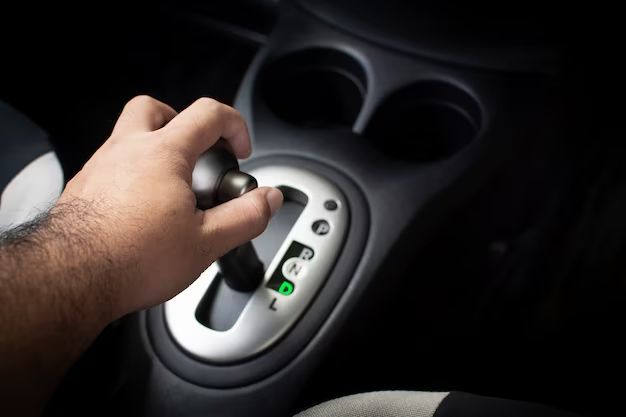Accessing the D drive on your computer is easy! Here are some quick answers to common questions about accessing the D drive:
What is the D drive?
The D drive is an additional hard drive partition that can be used for extra storage space on your computer. It acts just like your main C drive, but provides more capacity.
How to access the D drive in Windows
To access the D drive in Windows, simply open up File Explorer (also called Windows Explorer or My Computer). The D drive will be listed right alongside your C drive. You can click on it to open it just like any other drive or folder.
How to get a D drive if you don’t have one
If your computer doesn’t already have a D drive, you can create one by partitioning your hard drive. This splits your physical hard drive into separate logical drives. Here’s how:
- Open Disk Management (press Windows key + R and type “diskmgmt.msc”)
- Right-click your C drive and choose “Shrink Volume”
- Enter the amount of space you want to take from C to make the new D drive
- Right-click the new unallocated space and select “New Simple Volume”
- Follow the wizard to initialize the new D drive
How to change the D drive letter
If you want to rename your D drive, you can easily change the drive letter assignment in Disk Management:
- Open Disk Management
- Right-click the D drive and choose “Change Drive Letter and Paths”
- Click “Change” and assign a new drive letter
How to access the D drive from My Computer
The D drive will be listed with your other drives in My Computer (also called This PC in Windows 10 and 11). Just double click on it to open it up and access files.
How to access the D drive in command prompt
To access the D drive from Command Prompt, simply enter the drive letter followed by a colon. For example:
D:
This will switch the command prompt to the D drive, allowing you to run commands on files and folders stored there.
Conclusion
Accessing and utilizing your D drive is easy once it’s set up. Just remember to look for it in File Explorer/My Computer alongside your C drive. If you don’t have a D drive yet, create one by partitioning your hard disk. Let me know if you have any other questions!
